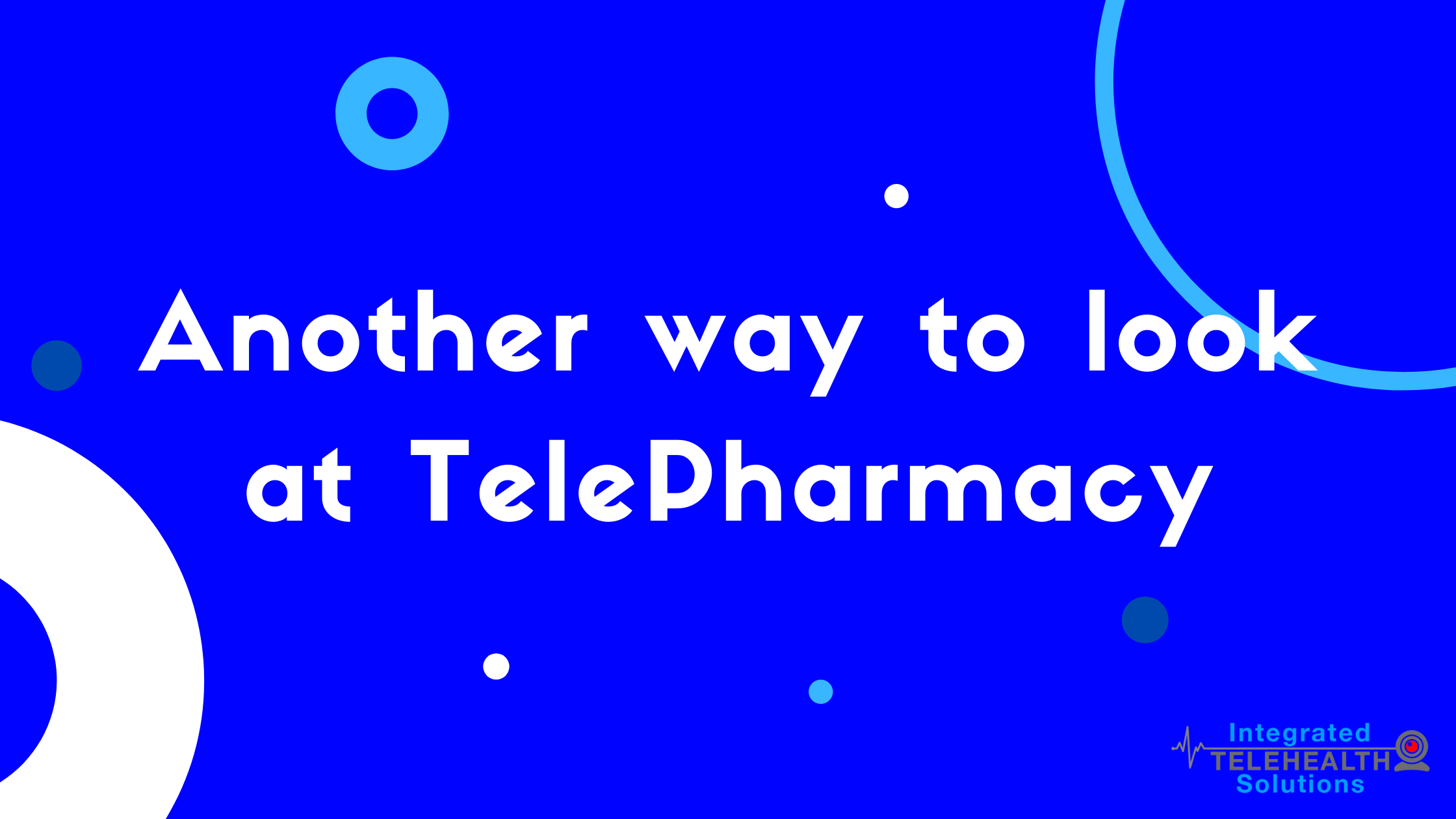
Author: Marvin Finnefrock Pharm. D | Chief Pharmacy Strategist &Telepharmacy Clinical Advisor
Now that we are all looking forward to the new world post-Covid, it is important to not forget the things learned from the past year or so under a pandemic. Let’s face it, things will not be the way they used to be. We should take this terrible experience and learn from it. I think one of the important areas that may have gotten little notice was the pharmacy in the hospital setting. Pharmacy was hit just as hard as the other departments but in different ways. As a critical part of the supply chain, the Pharmacy is crucial in getting much-needed medications to patients. This is a service that is strained on a good day. Dosing needs to be checked, security and packaging plus several drug shortages happened, breaks in the supply of critical medications and personal were affected with furloughs and shortages. The traditional telepharmacy can help if you had a service that would cover your workflow and order verification. But how do you further stretch personal and deliver in-person excellence?
There is another way, to affect the way hospital pharmacy delivers care. The lesson we all learned was that we had to become more efficient. We had to learn how to work remotely but still deliver the care that is always expected in person. Those lessons are not confined to a pandemic but now can be seen as a mechanism to deliver enhanced care. Pharmacy can assist in medication delivery to the bedside and if there is not a mechanism for medication delivery, then counsel and meet with the patient at the bedside. A huge opportunity to the nursing staff and to enhance a prescription capture rate is to counsel and deliver medications to the patient at the bedside remotely before they go home. In addition to this, would be following those patients’ homes, via telepharmacy. Think about the frequent faces that you see coming back into the hospital; this is a cost to the system and to the patient and family. What if there was a way to explain the patients’ medications to them and their families as they are getting ready to leave the hospital? To have the ability to show them some quick education videos, and relate to a family member. What if not all the family was in the same room? Not a problem, invite them in, via telemedicine. Well, that technology exists today and now.
This can become a seamless connection to everyone involved in the patient’s care as well as following higher-risk patients for readmission and lowering those readmission rates. Two-way texting, video appointments, appointment scheduling. Prescription delivery, and just checking in on the patient who may or may not remember everything that was told to them on that last very busy discharge day. Think about it, if you continue to monitor and follow the patient, you really never discharge them, you continue to stay in touch and show how much you care.
Another opportunity is to extend that pharmacist to go on rounds with the medical teams but still be physically in the hospital pharmacy. Many times, the pharmacist will be the only pharmacist in the hospital and will need to be in several places at once. By extending the reach using Telepharmacy, the pharmacist can be on rounds with the medical team but still be in the pharmacy to check orders or to supervise the staff.
Other opportunities include medication reconciliation. Each time a patient moves from one level of care to another or as they come in through the ER, a pharmacist or staff must review the current medication list. This can now be done remotely using Telepharmacy. Medication education and review are a large part of what a pharmacy must do. But being in multiple places or having to travel from one part of the hospital to another is time-consuming. Delivery of this service and care via Telepharmacy is clearly the way to go.
Be safe all,
Marvin Finnefrock Pharm. D.
